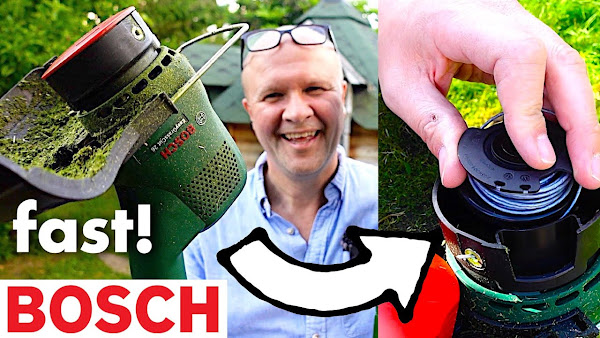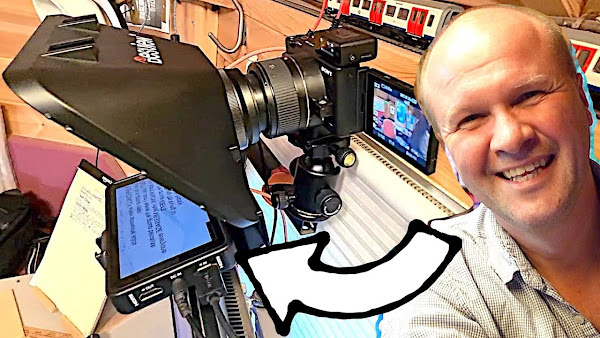
This is my first time back on a Boris Bike, after a major crash that was so bad, all I remember is seeing the A&E ceiling. 13 years later, I go out with my son back on the Santander Cycle Hire bikes and this time the new E-bikes released for hire in London. We rent the cycles from a docking station in Waterloo, head over Westminster Bridge to turn right at Big Ben and the Houses Of Parliament onto Victoria Embankment, past Blackfriars and up to the Tower Of London at Tower Hill. This is a real time bike ride, with all the sights and sounds from my bike ride POV...
First London bike after my crash... Back on Santander Cycle Hire after 13 years...
TRANSCRIPT: (CLICK PLAY ON THE VIDEO ABOVE)
THIS IS THE TRANSCRIPT - CLICK PLAY ON THE VIDEO ABOVE!
we go yeah sorry go for it hello welcome back to the channel and this is uh a slightly different video for this channel but it's a really big day for me because this is the first time that I'm getting back onto a Boris bike in London after a really terrible crash 13 years ago
so this is the first uh footage the first time I've been back on a cycle hire cycle the santander Cycles and since since this terrible crash and I I went with my son and we decided to just grab a bike and ride around London and just see see where it takes us
and it is... it... it was so epic
I'm not sure it comes across
this video is just going to be real time footage of that first bike ride after I completely smashed my face in and knocked myself unconscious for 3 hours
I've literally no idea what happened in the time I was out and I have cycled since but I haven't been back on a Boris bike
these are the blue bikes that you can hire from docking stations uh around London and uh they've now released electric bikes so you can now get an e-bike that you can just rent and cycle around and you you're charged for however long it is before you dock the bike again obviously
um keep an eye out keep an eye out people opening their car doors cuz they're not looking and taxi doors are the worst we've hired electric bikes before and they've been really good value but the the value of santander bikes is incredible
it's insane if you are visiting London I highly recommend just jumping on a bike but I did wear a helmet
that's the only crucial difference we did come prepared with helmets uh because I don't want to be in a hospital Corridor ever again so come come ride along with us
there's some weird chitchat along the way
we are cycling from waterloo station over Westminster bridge and along Victoria embankment to Tower Hill and there'll be some other videos in this playlist where we talk a bit more and we travel to some other places in London but this is the first video to get us going thanks for coming along with us on this ride
thank you oh my god s SM the bridge and there big pain
go right
we did it there we are
uh so we're going to head down the embankment now I think there's some kind of process going on there trying to avoid this it's going to be busy later
just row out
oh there we
go it is mad busy today it's is uh August and it's a Saturday I know about 20 demonstrations today but none of these people look like demonstrators that's the time
I'm well over my 20 minute limit
so watch the um oncoming we're going to go right and then down that cycle Lane yeah they going to be mad cyclist as well
so is it I've got it on the camera they're doing them
first a don't we'll see that we'll get more it's not going to fall out of your pocket is it you can put it get my bank if you want okay here we
go thank you you okay
all right
Hey Joe come alongside can you see people just aren't looking what they're
doing all sorry crank you
you see people just aren't looking
you okay
it shows the speed and I think it's capped at 27 km per hour uh cuz it you just can't get any more power out of
it you okay
he
Lo
you're in third game
yeah thanks
Hey Joe I might change bikes so that I can um get another 30 minute period I think I've already gone over but we'll
see no they they see red light flashing yeah okay
I I think there's a thing under
here charging the dog
yeah yeah which is the advantage that they have over the line but they've always had those dock they Char yeah they must have um you know fitted
them I can't see it should show you how much long you've got left on your hire shouldn't it yeah
anyway should go to to of London okay
you want go in front
oh hold done see we're going under my school all
right screen for the traffic I think we wait for go now we could but yeah let's um yeah that which would not be a good thing I could really do with a drink we go to Tower Hill and get a drink Dr bikes and get a drink
yeah do you want let the super 73 have take here
yeah you pull forward I'll stay and then catch you
up he's going for it
sound it he really used
that oh Joe oh okay
okay wasn't expecting this I think we should have gone right left
okay this is uh my dad's house lived over there it's all changed now I don't think uh my son has noticed that I'm not here okay
hi
yeah there's a hole of London a hole in London my series holes of London it's this London Bridge over there they gone quite away oh here we go green
all mind if I go in front uh for this next section and then we'll stop at uh town of London yeah what's
up you
okay oh is it all at 4K no okay tell me to put it in your bag
all right
I...
I'm looking for a docking station it's green now go go go I'm looking for a docking
station okay thanks
wow
right I need to find docking station
I think there's one over
there just going to turn around
say got to call it got to call
it yeah I need to sh said on your right but he didn't so we got to have 360 awareness so what happened there was some uh likely sped past me like really close but I didn't know he was there if I swerve to the right i' have no idea uh so always good to call it if you overtake someone you should know that if you got your own bike
so so f
and so we found the docking station it's time to dock the bikes and this ride only cost us about a tenner each incredibly good value so we made it to the Tower of London I'm calling this a dad delivers success thank you for hitting the thumbs up or the Subscribe button it really helps us to keep this channel going and right here is this playlist of all the other places that we've gone together this is crazy Jo this is so crazy I'm going to take a break in the recording there oh it's brilliant
Previous post...
How I open a BROKEN PVC window handle! Plus... fit a new one...
All about me, and getting these by email.









